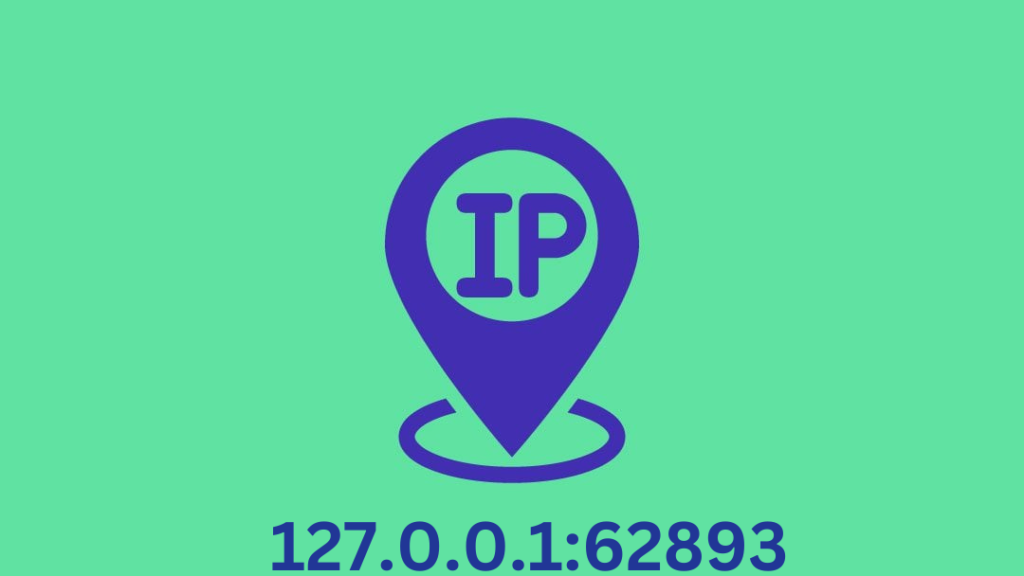Introduction 127.0.0.1:62893
In the vast landscape of computer networking, the seemingly cryptic combination of numbers and symbols, such as “127.0.0.1:62893,” often holds profound significance. At first glance, it might resemble an arbitrary sequence devoid of meaning, but in reality, it serves as a gateway to a realm of digital intricacies and functionalities. Let’s embark on a journey to unravel the significance of this enigmatic address.
Understanding the Basics
To comprehend the significance of “127.0.0.1:62893,” it’s essential to grasp the fundamentals of computer networking. Every device connected to a network possesses a unique identifier, known as an IP (Internet Protocol) address. The IP address “127.0.0.1” holds a special status; it refers to the “localhost” or the loopback address. Essentially, when a device refers to this address, it’s directing traffic to itself. This is commonly used for testing and troubleshooting purposes, allowing programs to communicate with themselves without relying on external networks.
The addition of “:62893” to “127.0.0.1” introduces the concept of ports. Ports act as endpoints for communication in networking. By specifying a port number along with an IP address, applications can establish connections and facilitate data exchange. In this context, “62893” represents a particular port number through which communication can occur.
Decoding the Significance
 The combination of 127.0.0.1:62893 suggests a specific instance of communication occurring within a local environment. While the IP address indicates internal communication within the device itself, the port number delineates a particular channel or service through which data is exchanged.
The combination of 127.0.0.1:62893 suggests a specific instance of communication occurring within a local environment. While the IP address indicates internal communication within the device itself, the port number delineates a particular channel or service through which data is exchanged.
Such addresses often find relevance in various computing scenarios
- Local Testing and Development: Developers frequently utilize localhost addresses like “127.0.0.1:62893” during the development and testing phase of software applications. It allows them to run and debug programs locally without affecting external systems.
- Service Binding: Certain applications bind to specific ports on the localhost to offer services locally. For instance, a web server might bind to port 80 or 8080 to serve web pages, while a database server could utilize a different port for data retrieval and storage.
- Interprocess Communication: In complex software architectures, different components or processes often need to communicate with each other. Localhost addresses provide a convenient means for these processes to interact seamlessly within the same system.
- Proxy and Tunneling: Local addresses can also play a role in proxy servers and tunneling mechanisms, enabling secure and efficient routing of data within a network.
Practical Applications
Understanding the significance of “127.0.0.1:62893” can empower individuals across various domains:
- Developers: Gain insights into local testing environments and debugging procedures.
- Network Administrators: Enhance troubleshooting capabilities by understanding local communication pathways.
- Security Professionals: Recognize potential vulnerabilities associated with local services and ports.


